Announcement
Collapse
No announcement yet.
Nikola Tesla’s Turbine Secrets - Global Open Source Project
Collapse
X
-
The machine is self regulating unless you add the Tesla valvular conduit.
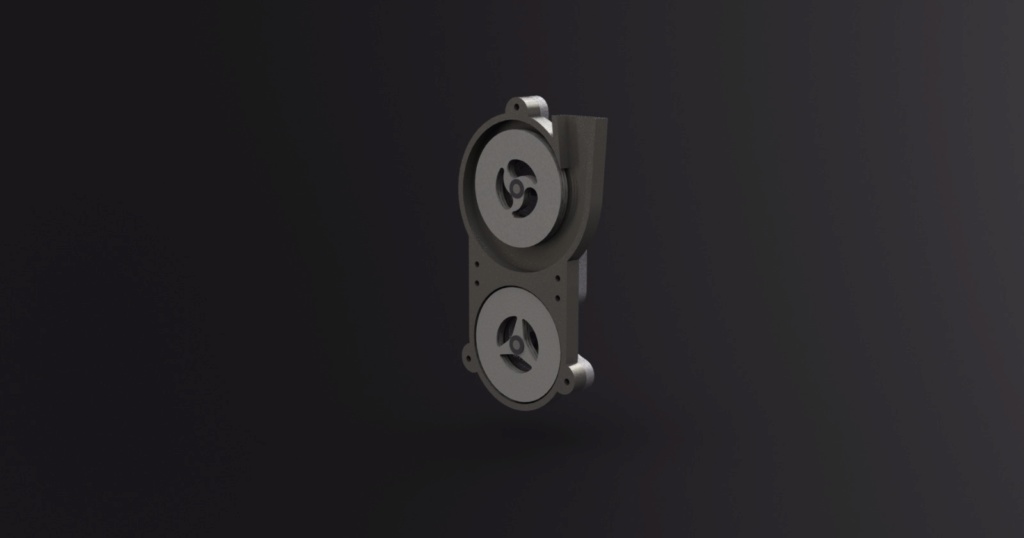
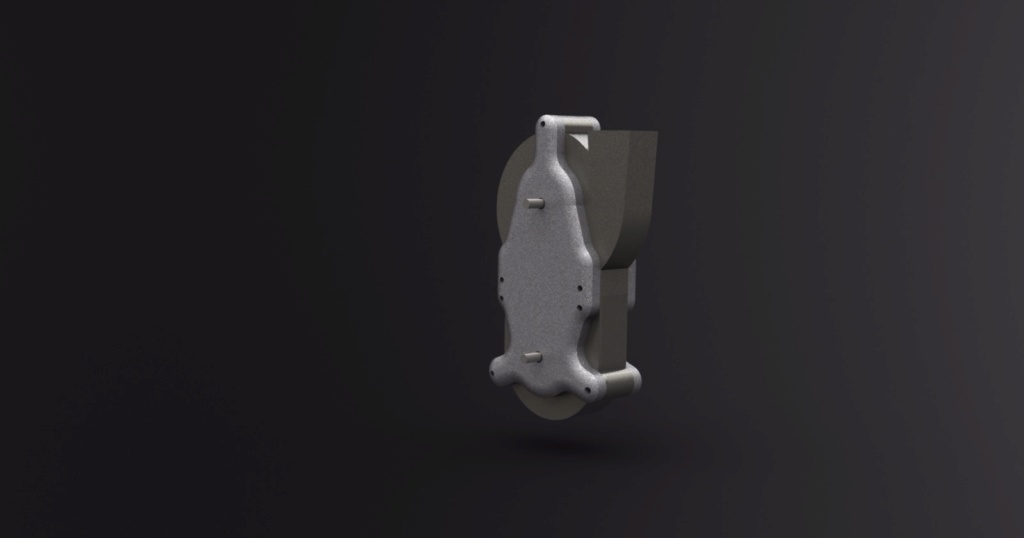
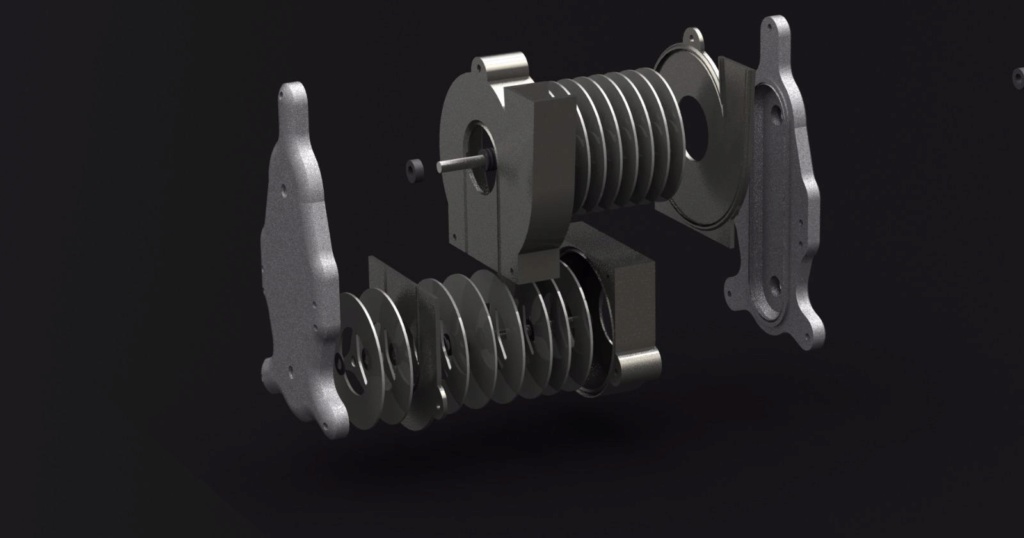
This is one of the designs that will be 3D printable.
It features the turbine and the pump with seperate axles, geared by air!
It follows Tesla's US patents a lot more than having both stages on one axle.
There is no completely transparent 3D printable material...... yet
Yes this build is Lexan, you are correct. It has rubber gaskets.
Leave a comment:
-
Thanks for the reply and extra details Paul.
I assumed the model you just demonstrated is made of Polycarbonate sheets seeing the dark gray side edges. Can Polycarbonate be 3D printed and be safe at high RPM?... or are you saying you will provide CNC milling files?
Thanks for your great work and sharing
Looking forward to more accelerating demos where a load could be added to govern so not to go in runaway.
Regards
LucLast edited by gotoluc; 01-02-2019, 01:01 AM.
Leave a comment:
-
The hand was just coincidence.
There was a synchronisation where the vacuum became stronger and the machine goes into a feedback loop.
Transmitter and Receiver
This build is one Tesla turbine with two Tesla pumps. One either side.
It is a turbocharger than uses ambient air to propel the turbine.
The exhausted air enters the pumps and they increase the vacuum and change the pressure at inlet to a vacuum.
The air goes supersonic as it has a diverging nozzle on the inlet and the two pumps also have diverging nozzles.
The blueprint is in the US Patent 1,061,142 (Fluid Propulsion) and US Patent 1,061,206 (Turbine)
or
British Patent 24,001 - Improved Method of Imparting Energy to or Deriving Energy from a Fluid and Apparatus for use therein
I funded the build and provided the knowledge based on my research.
Putting both stages on one axle was the builders idea although it was done by Tesla in one of the British patents, where he has 3 stages on one axle.
I'm working on cleaning those patents up. I've posted a few already.
There are another load of relevant Tesla patents.
We've combined the clues from all of them.
The aim is to produce a free 3D printer file before the end of January.
Leave a comment:
-
Happy New Year Paul
Interesting efficiency boost window you got there
Do you think it's the hand introduced on the output flow that caused this effect?
Keep up the great work
Regards
Luc
Leave a comment:
-
© Copyright 2018 - 2010 All Rights Reserved - Open Source Project
The ultimate energy source for 2019 and beyond!
https://www.dropbox.com/s/xjto75krz7...0v0.1.m4v?dl=0
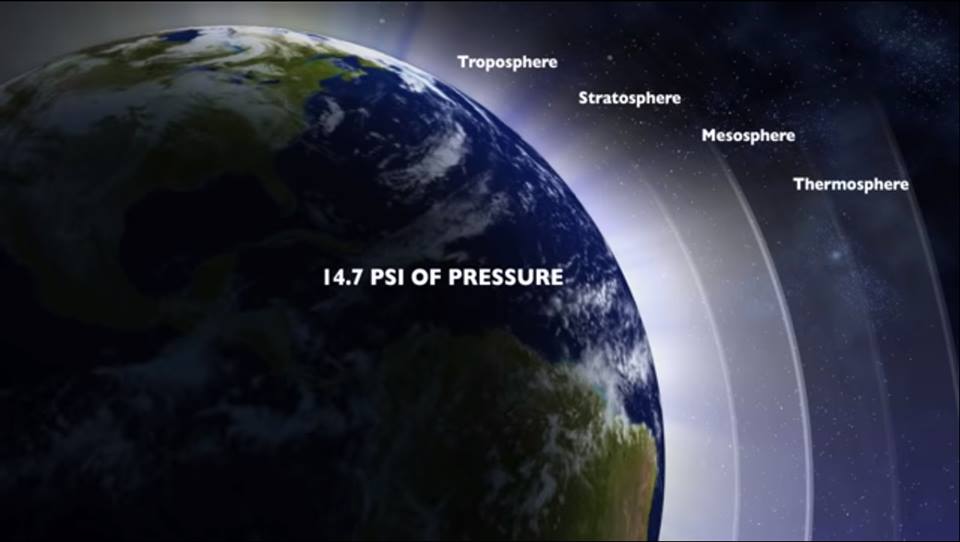
 Last edited by soundiceuk; 01-27-2020, 02:02 PM.
Last edited by soundiceuk; 01-27-2020, 02:02 PM.
Leave a comment:
-
Yes, Tesla does not rate machines with blades, buckets, vanes, pistons or reciprocation as they cause turbulence and restrict fluid velocity.
He makes that very clear in many of his patents.
There is actually a British patent that I'm cleaning up that advocates the use of turbines with blades or vanes in conjunction with the original Tesla turbine.
Most folks have never seen it.
However, I do see it as Tesla drawing attention to the fact the turbine patent is actually two stage or more!
I'm cleaning up all the British patents that are related.
I'll post it when done!
So, if it works, it works and the simpler the better!
He actually patented the two stage turbine machine in more countries than any other patent.
Here is a video of the assembled twin two stage turbine US Idaho build:
https://www.dropbox.com/s/cshyj1mnuv...t%202.mp4?dl=0Last edited by soundiceuk; 12-31-2018, 06:21 PM.
Leave a comment:
-
You are correct in saying the rotor is not a true Tesla turbine.
I myself and others are building a true Tesla turbine which will follow the patents as closely as possible.
The builder of the build under discussion cannot CNC mill thin parts.
I have offered to cut the discs for him when he settles on the dimensions.
These blades are interchangeable with discs for comparison.
The casing he has built is completely based on the Tesla turbine patents.
The diverging inlet and outlet for example.
The twin two stage is an unknown.
Here is a two stage Tesla turbine wooden build from one of our other members:
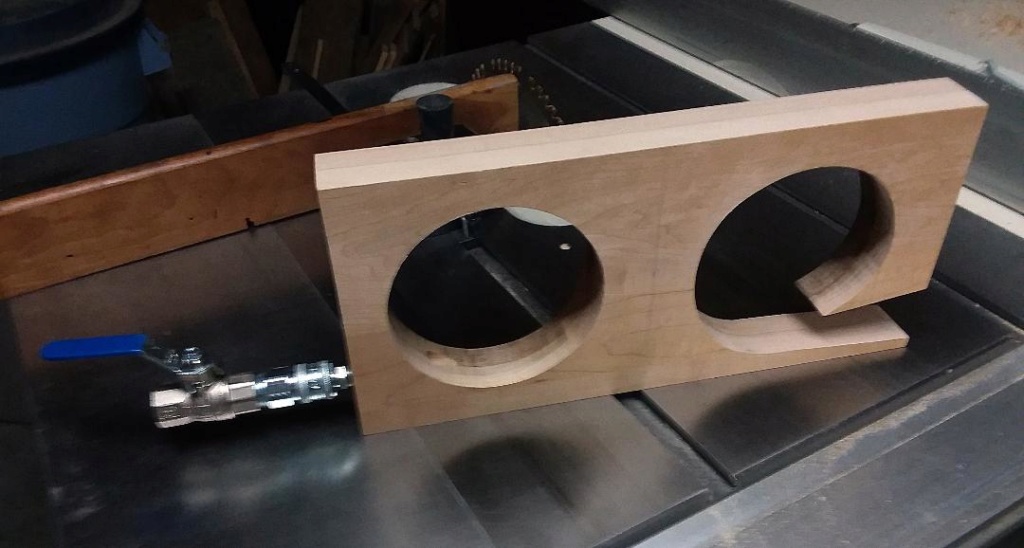
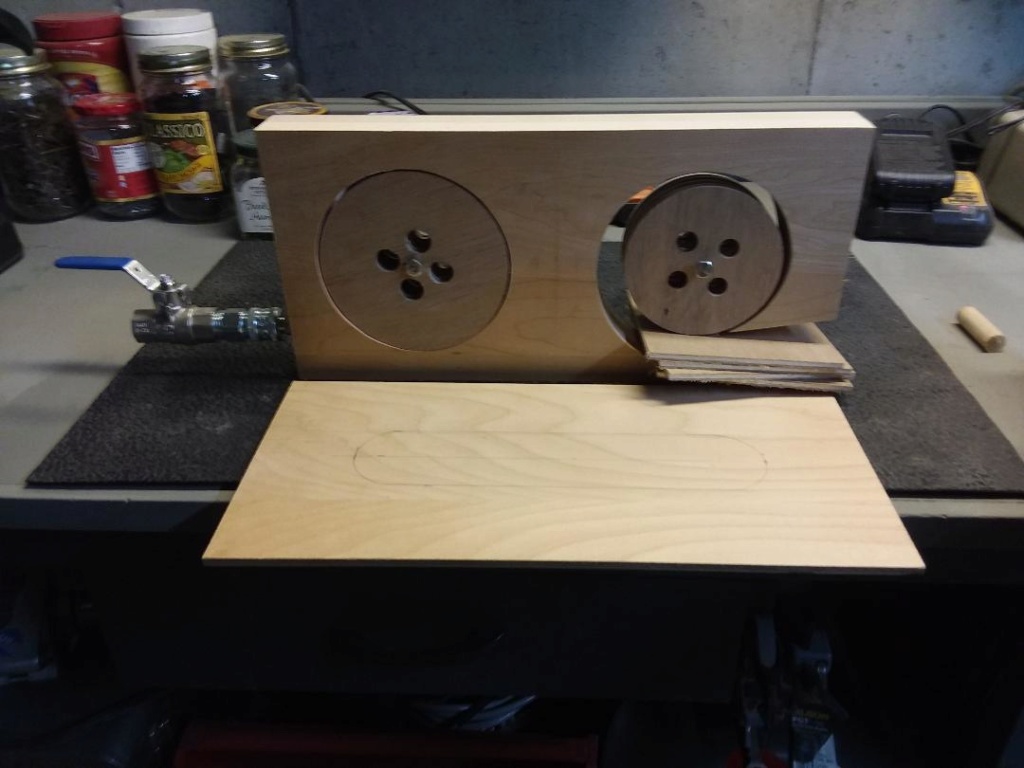 Last edited by soundiceuk; 12-31-2018, 02:37 PM.
Last edited by soundiceuk; 12-31-2018, 02:37 PM.
Leave a comment:
-
Originally posted by soundiceuk View PostEverything slowed down a lot at xmas.
This is a deviation from what Tesla patented, however as the single bladed disc performed well for torque and also ease of manufacture.
Our builder in Idaho has come up with a 2 stage turbine with two 2nd stage fluid pumps!
The design has been tweaked to 2 bladed propeller because of this video:
[VIDEO]https://www.youtube.com/watch?v=fsYTRGv7psE[/VIDEO]
Here is his design!
https://www.dropbox.com/s/73cavxeyqz...haust.mp4?dl=0
What it will do yet we are about to find out from my next post!!!!
Neither of those videos have anything even remotely connected to the Tesla Turbine. The beautiful plastic turbine is a variation of a BLADED turbine. The Tesla Turbine is BLADELESS. It uses the laminar flow of the air past the discs to move the discs. It does not try to catch the air with the blades. The plastic turbine may work very well but it is NOT anything like a real Tesla Turbine. You need to change the title of this thread if you are going to change the design to something so different from the Tesla Turbine.
I fly RC airplanes. The two bladed test versus the 3 bladed test also means nothing. The difference in thrust between the two can easily be caused by the difference in pitch of the blades. the difference in the diameter of the blades and the difference in the motors used. Those motors have a very wide range of RPMs based on the design of the motor. If you put the proper motor with the two bladed prop it can out perform the three bladed prop even when both motors are the same. And what does that test have to do with the Tesla Turbine? It operates on a totally different principle as I just explained.
Respectfully,
Carroll
Leave a comment:
-
Everything slowed down a lot at xmas.
This is a deviation from what Tesla patented, however as the single bladed disc performed well for torque and also ease of manufacture.
Our builder in Idaho has come up with a 2 stage turbine with two 2nd stage fluid pumps!
The design has been tweaked to 2 bladed propeller because of this video:
Here is his design!
https://www.dropbox.com/s/73cavxeyqz...haust.mp4?dl=0
What it will do yet we are about to find out from my next post!!!! Last edited by soundiceuk; 01-27-2020, 02:00 PM.
Last edited by soundiceuk; 01-27-2020, 02:00 PM.
Leave a comment:
-
Steam vs Compressed Air
"Tesla's New Monarch of Machines"
Extract from:
Monarch of Mechanics
"Suppose now we reversed the operation," continued the inventor. "You have seen the disks acting as a pump. Suppose we had water, or air under pressure, or steam under pressure, or gas under pressure, and let it run into the case in which the disks are contained--what would happen?"
"The disks would revolve and any machinery attached to the shaft would be operated--you would convert the pump into an engine," I suggested.
"That is exactly what would happen--what does happen," replied Dr. Tesla. "It is an engine that does all that engineers have ever dreamed of an engine doing, and more. Down at the Waterside power station of the New York Edison Company, through their courtesy, I have had a number of such engines in operation. In one of them the disks are only nine inches in diameter and the whole working part is two inches thick. With steam as the propulsive fluid it develops 110-horse power, and could do twice as much."Last edited by soundiceuk; 01-27-2020, 02:00 PM.
Leave a comment:
-
Attached is cleaned up air bearing patent 1904
https://www.dropbox.com/work/Team%20...w=US754400.pdf
Leave a comment:
-
Yes back pressure as he still has the converging nozzle.
The diverging nozzle will remove some of the back pressure.
It will allow a higher RPM before the same back pressure is reached.
Adding the one way valve will remove the back pressure altogether!
Leave a comment:
-
It seems that when he connects the air line it slows down?? Backpressure??
Leave a comment:


Leave a comment: